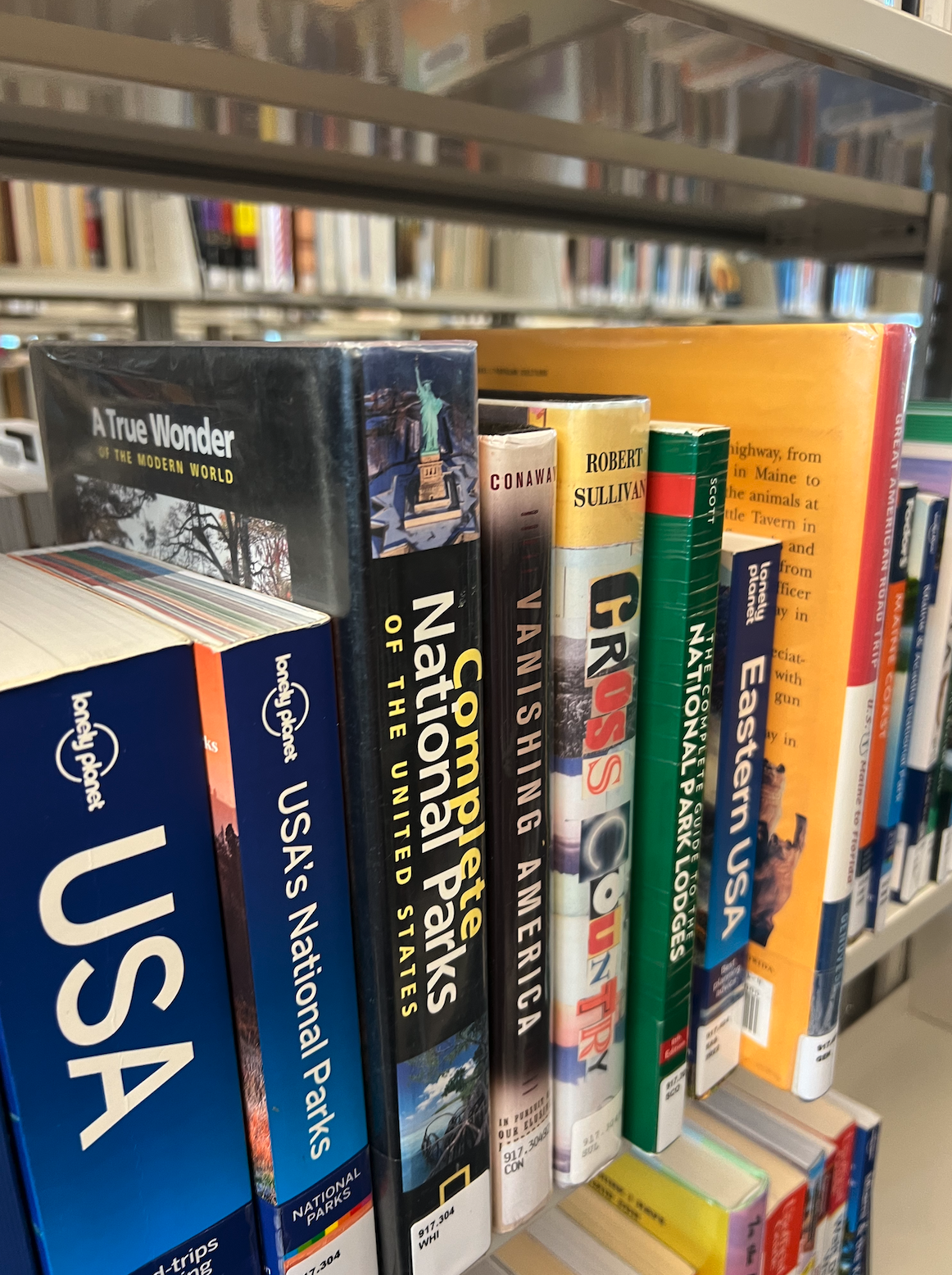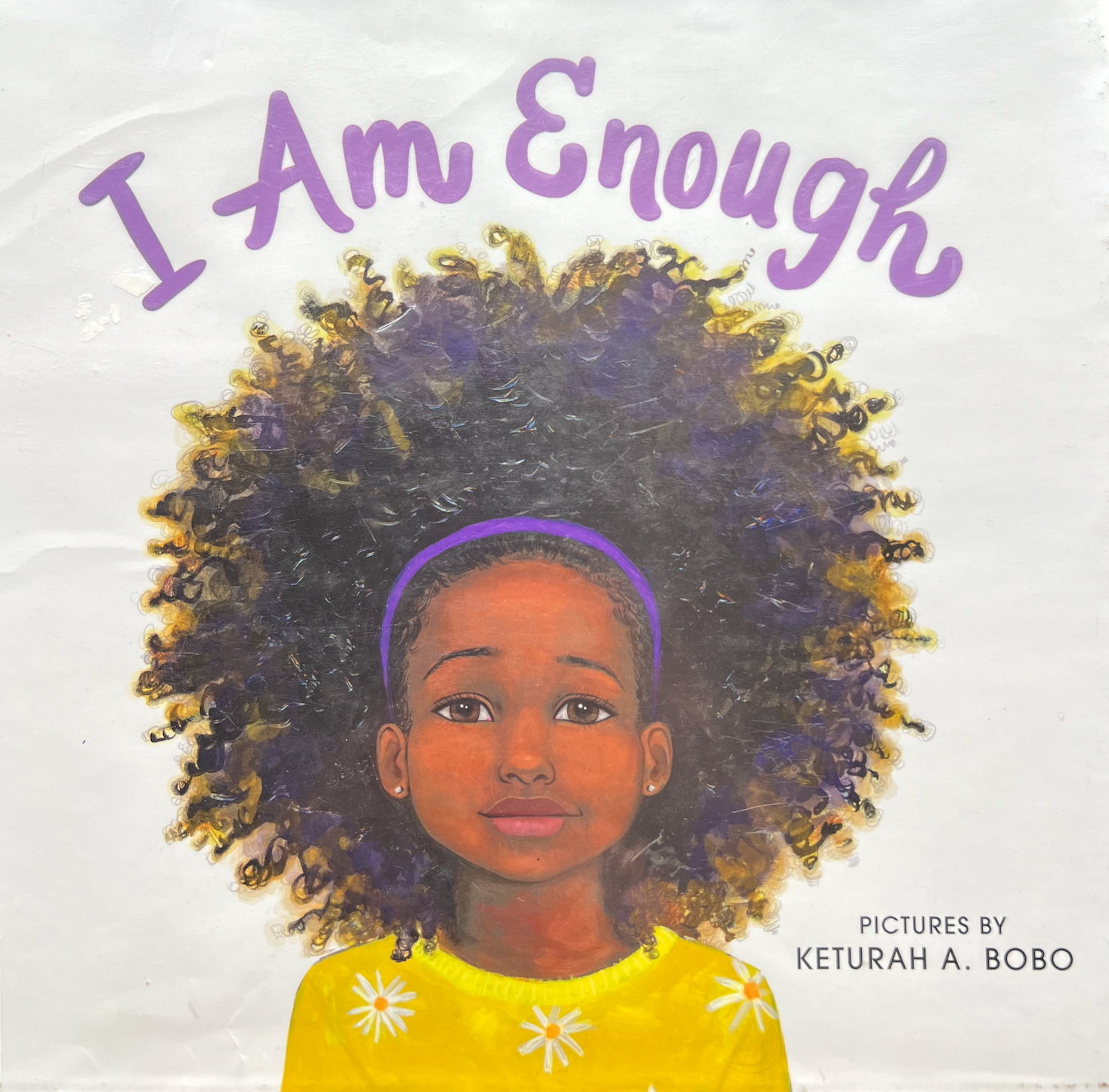New Year, New Goals: Fundraising Strategies for Libraries and Friends in January
- 5 mins
January provides the perfect opportunity for both library directors and Friends organizations to strategically position themselves for fundraising success. While the winter weather might have patrons hurrying inside to browse the warm stacks, behind the scenes we can be laying crucial groundwork for the year ahead.
The start of a new year brings with it a natural energy for planning and fresh beginnings that we can harness for our fundraising initiatives. Many donors have just completed their year-end giving, making January an ideal time to analyze donation patterns, express gratitude, and strengthen these vital relationships. Additionally, the typically slower pace of library programming during winter months gives staff and volunteers the breathing room needed to develop robust fundraising strategies.
With budget cycles beginning anew and community engagement at a natural reflection point, January serves as a critical planning period for libraries. This is the time to review previous campaigns, set ambitious yet achievable goals, and create detailed action plans that will carry us through the busier seasons ahead. By taking advantage of this strategic window, we can build the foundation for a year of successful fundraising that will support our libraries' essential services and growth.
Three Key January Actions for Library Directors
1. Create Your Compelling Case for SupportJanuary is the ideal time to develop a clear, compelling narrative about why donors should support your library. Start by scheduling a focused meeting with your library board to identify and prioritize this year's needs. What capital improvements are on the horizon? Which beloved programs need additional funding to continue or expand? Are there new initiatives you'd love to launch?
Don't just list needs – craft stories around them. For example, instead of simply noting "need new children's room furniture," document how your current storytime sessions are overflowing, with toddlers sitting on worn carpet because there aren't enough chairs. These specific details will help donors visualize their impact throughout the year. Don’t forget about the impact of photos too, you can capture those cramped storytime sessions for additional context.
2. Conduct a Thorough Donor AnalysisTake advantage of the quieter month to do a deep dive into your donor data. Review everyone who gave last year, looking for patterns that can inform your 2024 strategy. Pay particular attention to:
- First-time donors from your year-end campaign
- Loyal donors who have given consistently for 3+ years
- Donors who increased their giving in 2024
- Lapsed donors who didn't give in 2024 but gave in 2023
Use this analysis to create personalized stewardship plans. Consider scheduling coffee dates with your most engaged donors to share your vision for the year ahead, but also consider asking their opinion regarding opportunity areas. For first-time donors, plan a "new donor welcome series" of communications to deepen their connection to the library.
3. Design Your Major Gift Strategy
January is the perfect time to develop your approach to securing transformative gifts for your library. Start by working with your board to determine what constitutes a major gift for your organization – this might be $10,000 for larger systems or $1,000 for smaller libraries. Then identify 15-20 prospective donors who have both the capacity and potential interest in making such an investment in your library's future.Pay particular attention to these key prospects:
- Community leaders who frequently use library services
- Local business owners with a history of philanthropic giving
- Current donors who have steadily increased their support
- Individuals who have expressed interest in specific library initiatives
- Board members who can activate their networks
Use this month to create detailed donor engagement plans. After you identify your prospects, can you identify someone affiliated with your library or someone you know to connect you to those prospects? Schedule meetings with your most promising prospects to share your vision and understand their philanthropic interests. You can also consider asking them for their feedback on the case you creed. Remember that major gifts often emerge from authentic relationships built over time – invest in creating meaningful connections now that will bear fruit throughout the year. You shouldn’t count on a gift or pledge during the first meeting. Consider inviting key prospects for behind-the-scenes tours, one-on-one coffees with the director, or special previews of upcoming initiatives.
Three Essential January Tasks for Friends Groups
1. Determine Your Fundraising Leadership
January is the ideal time to establish clear roles and responsibilities for your library's fundraising efforts. Start by convening a meeting with key stakeholders – library leadership, board members, Friends group officers, and foundation representatives if you have them. Clearly define who will take ownership of different fundraising initiatives throughout the year.
Pay particular attention to these core areas:
- Annual fund and direct mail campaigns
- Major gift cultivation and solicitation
- Event planning and execution
- Grant writing and reporting
- Corporate and business outreach
- Planned giving initiatives
Use this planning time to create detailed job descriptions for each fundraising role, whether staff or volunteer. Consider where you might need additional support – perhaps it's time to establish a development committee, hire a part-time grant writer, or recruit new board members with fundraising expertise. Set regular check-in meetings throughout the year to ensure everyone stays coordinated and accountable in their fundraising responsibilities.
2. Refresh Your Membership Strategy
January is the perfect time to evaluate and revitalize your membership program. Begin by analyzing your current membership data:
- How many members did you have in 2023?
- What were your retention rates across different membership levels?
- Which membership benefits were most utilized?
- What feedback did members provide?
Use these insights to update your membership materials and benefits for 2024. Consider introducing new perks that capitalize on your library's unique offerings, like exclusive author meet-and-greets or early access to book sales. Draft a membership recruitment calendar that aligns with key library events throughout the year.
3. Strengthen Your Communication Tools
Start the year by updating all your communication materials. This includes:
- Refreshing your case for support with current statistics and stories
- Updating your social media strategy with engaging content ideas
- Creating templates for donor thank-you letters
- Developing a calendar of regular member communications
- Planning feature stories about successful library programs you've funded
Pay special attention to how you're measuring and communicating impact. Instead of simply stating "The Friends group raised $20,000 last year," translate that into tangible outcomes: "Thanks to our members' support, 500 children participated in summer reading, 200 seniors learned digital literacy skills, and our library added 1,000 new large-print books."
The key to successful library fundraising is relationship-building, and January offers a unique opportunity to strengthen these connections. Whether you're a library director or Friends group leader, remember that the work you do this month will set the tone for the entire year. Share your plans, coordinate your calendars, and look for opportunities to amplify each other's messages.
By taking these strategic steps in January, both library directors and Friends groups can position themselves for fundraising success in the year ahead. The time you invest now in planning, analysis, and preparation will pay dividends throughout 2024, helping ensure your library has the resources it needs to serve your community effectively.
Remember, successful fundraising isn't about asking for money – it's about inviting people to invest in your library's vision for the community. Use this January planning time to clarify and strengthen that vision, and you'll be well-positioned for fundraising success in the months ahead.
We're here to help if you're interested in an outside perspective to support you. Email Brianna at Brianna@fundraisingforlibraries.com.




